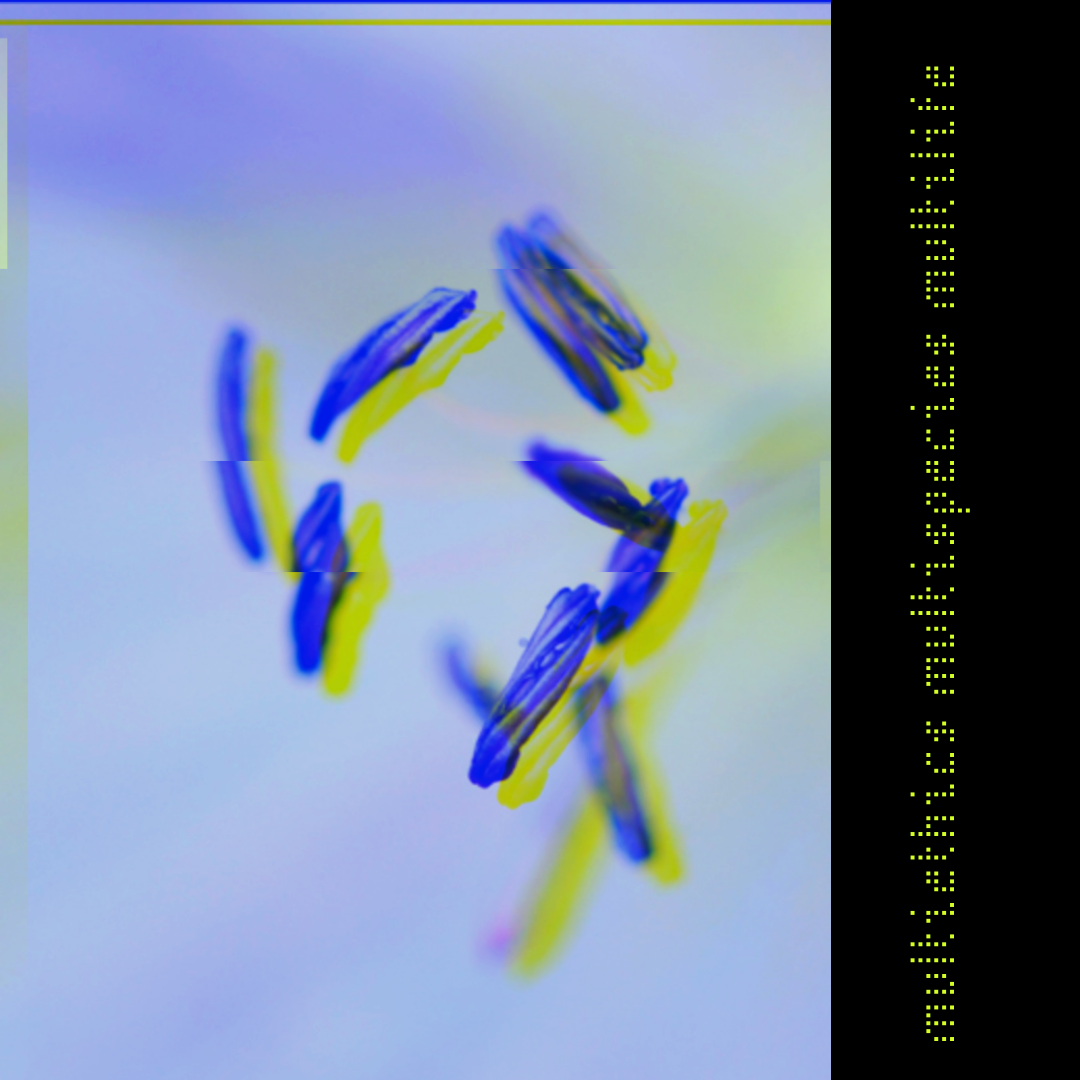
Susan Mitchell
Artist Statement: Talking & Listening to Plants
When I lived in Chicago, no matter the season, wind blew prairie through the streets. Burdock, cocklebur, and tumbleweed whipped about my legs. As for seeds that landed on my bare arms in summer, there was a spin to them, a clockwise twist as if the seeds had intention, and meant to bore into my flesh. Aggressive, armed with hooks, barbs and teeth, seeds clung to my jeans and socks. Even if they could not plant themselves in my flesh, they planted their energy in my memory. As a child growing up in Brooklyn, I was amazed by the occasional seed already sprouted in a grapefruit I cut open. One tiny leaf and the start of a fragile stem and minuscule root. Of course, I planted those seeds hoping they would mature into grapefruit trees right there in the kitchen. The force that through the green fuse drives the flower was in me too. And when we sliced open avocados, what wonders the pits—already cracked open—disclosed: strong green stem, white roots wrapped around each other—ready to go into the vase of water we always placed them in. In no time at all, they were taller than I was. Wonder, said Francis Bacon, is the seed of knowledge. And long before Francis Bacon lived, Heraclitus said that the pushing principle is the cause and ruling power of all things. Is wonder also a pushing principle?
And what is the pushing principle—the impulse, the urge that sets a poem in motion? As a poet, I have learned a lot from the way plants grow downward and upward at the same time, and I have taken that as a model for how to write: keep deepening into the areas I can’t see, regions I have to feel my way into blind as a root. Perhaps there is an undersense I share with plants that, in my case, encourages images to awaken in darkness and dream upward into language and light. Should we perhaps think of the six pomegranate seeds Persephone ate in the Underworld as images? Ancient authors tell us that in the Underworld there were only images and whispers. Was Persephone so fascinated by images, by whispers not yet language— so nourished by what was still gestating in the endosperm of spirit that she felt no immediate push to flower upward into Spring?
Of thirty-six seeds discovered in a two thousand year old tomb in Judaea in 2008, six sprouted into date palms, four male and two female. These date palms were of a variety that had died out. When these six trees reach sexual maturity, will the female date palms bear fruit? I am amazed by the patience of seeds. And encouraged. As a poet I whisper to whispers I have no name for—yet. “Being gentle with objects and beings,” philosopher Anne Dufourmantelle wrote, “means understanding them in their insufficiency, their precariousness, their immaturity, their stupidity.” Who knows what images passed from millennia to millennia, wait patiently in you or me with a pushing principle alive enough to nourish us all into loving kindness?
Anne Dufourmantelle, Power of Gentleness: Meditations on the Risk of Living. New York: Fordham University Press, 2018.
Susan Mitchell has authored three books of poems, and been honored with fellowships from the Guggenheim Foundation, the Lannan Foundation, and the National Endowment for the Arts. Her collection Rapture (HarperCollins) won a Kingsley Tufts Poetry Award and was a National Book Award Finalist. Her poems have appeared in numerous volumes of Best American Poetry and Pushcart Prize anthologies. Mitchell grew up in New York City, and now lives in Boca Raton, where she is the Mary Blossom Lee Professor at Florida Atlantic University.

